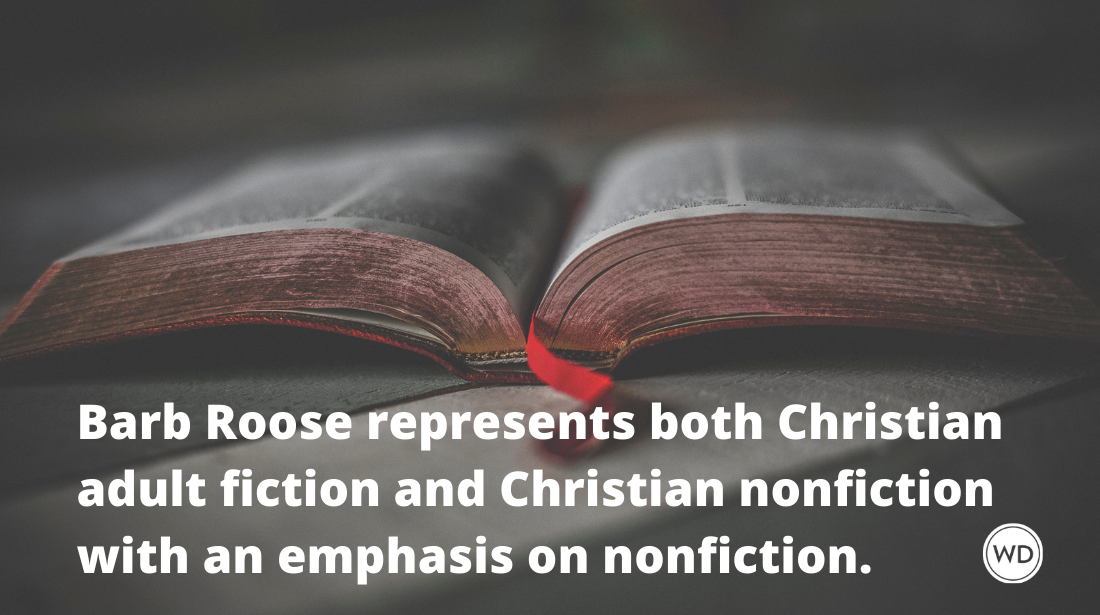Editing Your Own Work (2008 GLA Article Excerpt)
2008 Article Excerpt: Writer Candy Davis talks about how anyone can successfully edit their own fiction work and get it ready for an agent’s consideration. ” … Your book’s unique…
2008 Article Excerpt:
Writer Candy Davis talks about how
anyone can successfully edit their own
fiction work and get it ready for an
agent's consideration.
" ... Your book's unique proportion of scenes and sequels should produce a characteristic rhythm an agent can easily recognize as the perfect pulse for the work: staccato for quick-paced action genre, more legato for a genre that focuses on internal process. Running too many scenes together allows no space for the character to evaluate his progress.
Each scene should begin and end with a hook, and should capture a complete and meaningful 'story event.' Keep scene length appropriate to your genre, and never longer than necessary to cover the episode. Cut mundane interactions, placeholder dialogue and extraneous background information. A sequel generally follows a major plot point, steps up the stakes and turns the story in a new direction. Allow the character a moment to evaluate past mistakes, realize a previously overlooked or rejected option, and take the first step toward a new and more desperate plan."
- "With an Agent's Eye: Edit Your Work Like a Pro" (page 18)
Chuck Sambuchino is a former editor with the Writer's Digest writing community and author of several books, including How to Survive a Garden Gnome Attack and Create Your Writer Platform.






